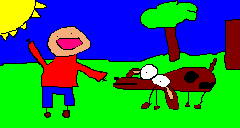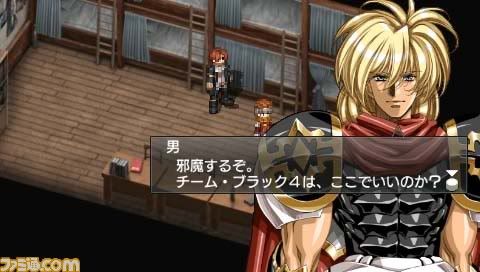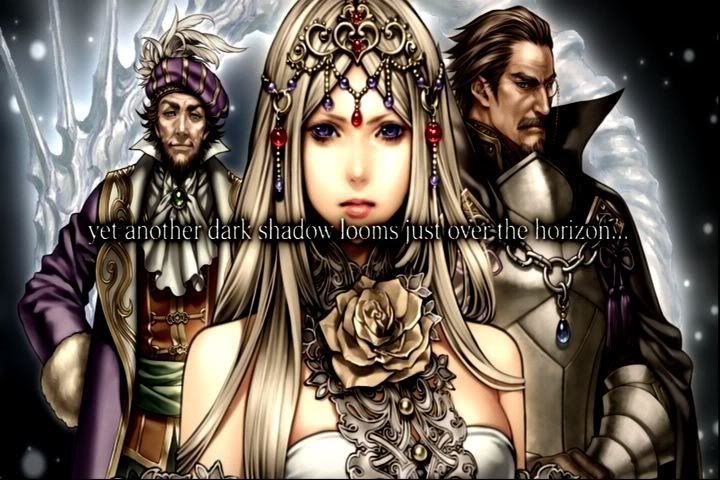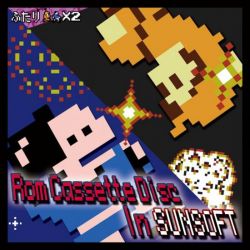
October 31st is drawing menacingly near, and once again its the season to scare away greedy children, drink blood and get out your favourite horror movies, books and games. Just in case you've grown sick of all of them, try some of these suggestions. Yes, we do have a convenient list of all the horror games covered on Hardcore Gaming 101, but some entries lend themselves better to the Halloween atmosphere than other. Here are my recommendations:
 Sanitarium
SanitariumSanitarium convinces through its constant eerie atmosphere and creepy imagery rather than thrilling shock effects, which makes it the perfect fit for the occasion. In an early area, a whole village populated by mutilated children, you even get to explore an overgrown pumpkin patch.
 Bad Mojo
Bad MojoEasily one of the most disgusting games ever, Bad Mojo transforms you into a cockroach to explore the darkest corners of your home.

Darkstalkers
Sure, Halloween is kinda about horror, but getting stalked by a group of children consisting of Wednesday Addams, the Frankenstein monster and Donatello from the Teenage Mutant Ninja Turtles gives it a distinct cartoonish quality. Here comes Darkstalkers, where Little Red Riding Hood kills Mummies with machine guns.
 Monster Party
Monster PartyHalloween is one big Monster Party, and that's why this game delivers the title image for this post. Hitting the same comical vein as Darkstalkers, this is one NES game you'd never have expected 1989's Nintendo of America to allow it to slip through their insane content control.
 Nocturne
NocturneFew games are darker than Nocturne. LITERALLY, so you better bring a good screen to play it. With B-Movie charme and colorful characters, it entertains just as much as it scares. It even was released on Halloween 1999.
 Phantasmagoria
PhantasmagoriaAnother funny game, only this time it's involuntarily so. Roberta Williams' foray into the horror genre isn't really a good game, but at least its hilariously bad, and it's effects look like something you would come up with for your Halloween pranks.
 Splatterhouse
SplatterhouseStarring a Jason Vorhees-lokalike that tears up demons in his spare time, this is the most morbid 16-bit action game series.
 Sweet Home
Sweet HomeIt's a painfully archetypical horror plot: A group of people come to a haunted house they'd best stay as far away to as they could, and of course they decide to explore it instead. Although Sweet Home was only released in Japan, there are several patches to play it in English. Don't watch The Rocky Horror Picture Show this year, play Sweet Home.















